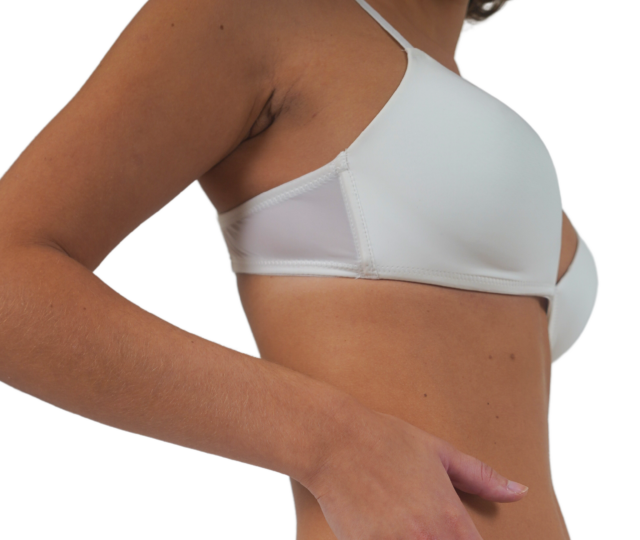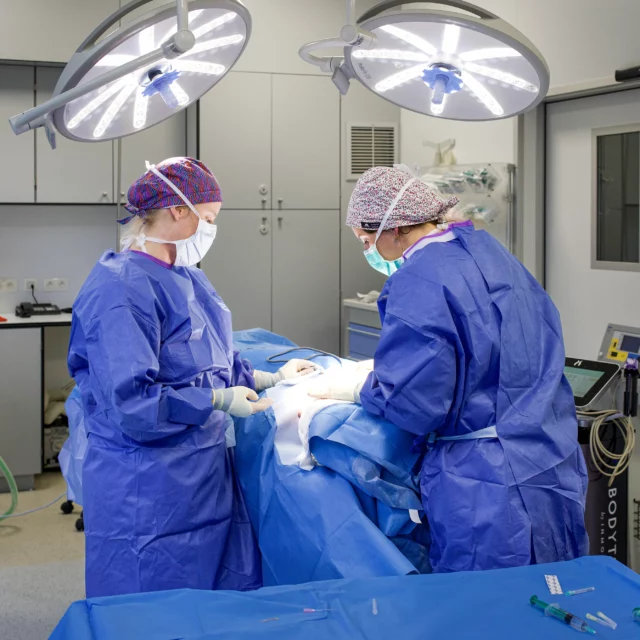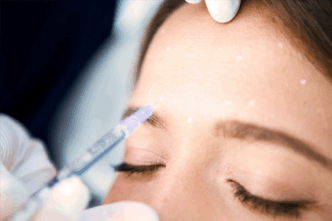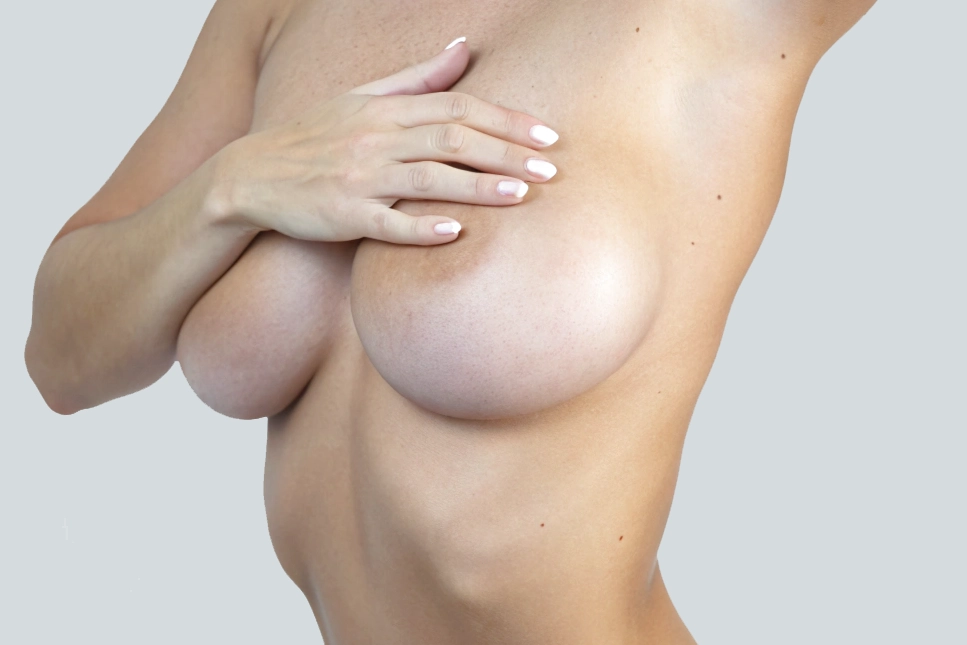What is a breast lift?
A breast lift (or mastopexy) is a cosmetic surgery procedure performed in a day hospital under general anaesthetic to enhance and reshape the breasts. More than a simple correction, this surgery can bring a true transformation and even a sense of renewal for many women. The procedure can also reduce the size of the areola, which may enlarge over time.
Why choose a breast lift?
A breast lift (or mastopexy) is a well-considered decision for many women seeking to regain firmness and curves, particularly after motherhood or significant weight loss. Beyond its aesthetic benefits, a mastopexy offers relief from the discomfort of heavy breasts. The key lies in choosing an aesthetic surgeon who not only listens to your aspirations, but is also able to guide you towards the desired result.
Choosing a clinic that upholds the highest standards of excellence ensures an experience built on trust and peace of mind. It is a procedure that enhances your confidence, where professional expertise is key.
The benefits of a breast lift
- Enhances the breasts for a more youthful appearance
- Remodels the breasts with a suitable volume
- Firms sagging breasts
- Improves overall figure and confidence
- Can be combined with breast implants to increase volume

Frequently asked questions
What are the different breast lift techniques?
- Anchor incision technique: generally used for women with a significant degree of ptosis. It involves three incisions: one around the areola, one vertically from the bottom of the areola to the fold and one along the inframammary fold, resulting in an anchor shape. Excess skin is removed, breast tissue is reshaped, and the areola and nipple are repositioned at a higher height. If necessary, the size of the areola can be reduced. The resulting scars follow the incision lines and, although permanent, generally fade over time.
- Vertical incision technique: also known as the “lollipop breast lift”, this is used for women with a moderate degree of ptosis. It requires two incisions: one around the areola and another that descends vertically from the bottom of the areola to the breast fold. The same reshaping and repositioning steps are followed, but this technique involves less scarring than the anchor incision technique.
- Periareolar incision technique: often referred to as the “donut” breast lift, is generally reserved for women with a mild degree of ptosis. A single incision is made around the areola. Excess skin is removed, and the areola and nipple are repositioned if necessary. This technique leaves the smallest scar, hidden along the edge of the areola.

In all cases, the surgeon strives to place incisions in areas where scars will be the least visible. Sutures are generally placed deep in the breast tissue to support the newly formed breasts. Over time, the incision lines will fade and improve the overall aesthetic appearance.
Breast lift results
After mastopexy, you can expect firmer, rounder, and younger-looking breasts. The breasts will be repositioned higher on the chest, and the areola and nipple will be placed in a more natural position. If an areola reduction has been performed, it will also be more proportional to the new size and shape of the breasts.
Results are generally long-lasting, but not permanent. Breasts will continue to change naturally with age and factors such as gravity, weight fluctuations, and pregnancy will impact these changes. However, with proper care, patients can maintain the results of their breast lift for many years.
Recovery after a breast lift
Recovery from mastopexy varies from patient to patient, but most patients can expect to resume their normal activities within 1-2 weeks of surgery. Immediately after surgery, the breasts will be bandaged or placed in a surgical bra. There may be some discomfort, as well as bruising and swelling, which will gradually disappear over the first few weeks.
Sutures are usually removed after about 2 weeks. It is advisable to avoid strenuous physical activity for at least 4 to 6 weeks. You will receive detailed instructions on post-operative care, including how to care for the breasts after surgery, which medications to apply or take orally to help healing and reduce the risk of infection, and when to follow up with the surgeon.
What are the risks and possible complications?
- Risks associated with mastopexy: as with any surgical procedure, a mastopexy carries certain risks. These may include adverse reactions to anesthesia, bleeding, infection, poor incision healing, changes in breast or nipple sensation, and irregularities or asymmetries in breast shape and size. In some cases, additional surgery may be required to correct these complications.
- Minimizing risks: please note that these risks are relatively rare and measures are taken to minimise them. For example, a thorough pre-operative assessment is carried out to evaluate the patient’s general state of health and identify any factors that could increase the risk of complications. In addition, the operation is performed by a qualified and experienced surgeon in a facility that adheres to the highest standards of patient care and surgical safety. After the operation, detailed instructions on post-operative care are provided to help prevent infections and promote rapid, complication-free healing. Finally, regular follow-up is carried out to monitor the healing process.
How much does a breast lift cost?
The cost of mastopexy in Belgium can vary considerably depending on a number of factors, such as the region, any implants used, the complexity of the operation and the surgeon‘s level of experience and reputation.
In Belgium, the cost of a breast augmentation generally varies between €3,500 and €6,500 including VAT (since January 1, 2016 the government has imposed a 21% VAT on cosmetic surgery in Belgium).
Talking to several surgeons to obtain quotes is recommended, alongside considering all the costs associated with the operation, including anaesthesia, and post-operative expenses.
Does a breast lift leave scars?
Yes, a mastopexy leaves scars, but their size and location depend on the surgical technique used. Scars generally fade over time and can be easily hidden under a bra or swimsuit.
Does a breast lift affect breastfeeding?
A mastopexy can potentially affect breastfeeding, particularly if the procedure involves an incision around the areola. However, many women are still able to breastfeed after mastopexy. If you plan to have children and breastfeed in the future, you should discuss this with your surgeon during your consultation.
Can a breast lift correct breast asymmetry?
Yes, a mastopexy can be used to correct breast asymmetry. By reshaping and repositioning the breasts, the surgeon can create a more symmetrical appearance.
What is the best age for a breast lift?
There is no “ideal” age for a mastopexy. The decision to undergo a mastopexy depends on many factors, including your overall health, aesthetic goals, and whether you plan to have children in the future.
Your journey in 3 steps
- Consultation
- Surgery
- Post-operative follow-up



At a glance
2 to 3 hours
On an outpatient basis
After 1 to 2 days
about 6 weeks
1 to 2 weeks
1 week
1 to 2 week(s)
After 1 week
After 4 to 6 weeks
2 weeks
After a few days
The result
The results of a breast lift are generally noticeable immediately after the operation, even if the dressings are quite extensive. However, the healing process is gradual and final results may not be achieved for several months. The breasts will be repositioned higher on the chest and the areola and nipple will be placed in a more natural position.
Results are generally long-lasting, but may not be permanent. Breasts will continue to change naturally with age and due to factors such as gravity, weight fluctuations, or pregnancy.




